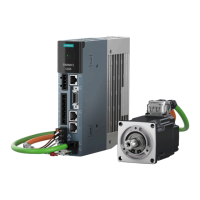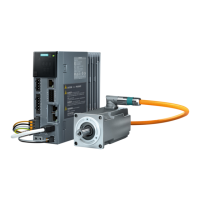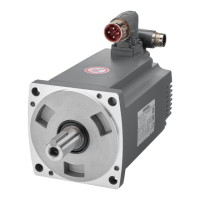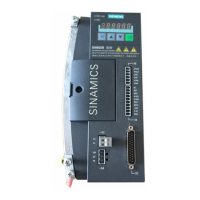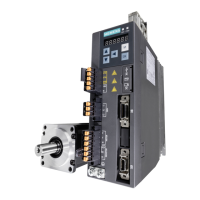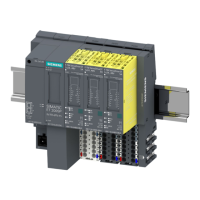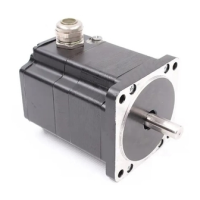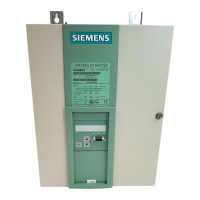Description: Sets the response to a thermal overload condition of the power unit.
The following quantities can result in a r
esponse to thermal overload:
- Heat sink temperature (r0037[0]).
- Chip temperature (r0037[1]).
- Power unit overload I2t (r0036).
Possible measures to avoid thermal overload:
- Reduce the output current limit r0289 and r0067 (for closed-loop speed/velocity or torque/force control) or the output
frequency (for U/f control indirectly via the output current limit and the intervention of the current limiting controller).
- Reduce the pulse frequency.
A reduction, if parameterized, is always realized after an appropriate alarm is output.
For p0290 = 0:
When a temperature alarm threshold is exceeded, the output current is reduced, and in turn, the output frequency. If
the current reduction is not sucient to thermally relieve the power unit, when the drive reaches the temperature fault
threshold it switches o.
This setting is not suitable for drives requiring a constant torque.
Application:
pumps, fans
For p0290 = 1:
The power unit operates at the required operating point. When the fault threshold is reached, the drive switches o and
an appropriate fault is output.
Application:
Drive applications where, as a result of the underlying process, no setpoint deviations of individual drives in the group
are permitted - or where the pulse frequency must be strictly maintained.
For p0290 = 2:
The pulse frequency is reduced to a permissible minimum when a temperature alarm threshold is exceeded. If the pulse
frequency reduction is not sucient to thermally relieve the power unit, then the output current is also reduced.
Application:
Drives with a low dynamic performance and occasional overload where speed deviations are permissible.
For p0290 = 3:
Only the pulse frequency is reduced to a permissible minimum when a temperature alarm threshold is exceeded.
Application:
Drives with a low dynamic performance and occasional overload where a speed deviation is not permissible.
For p0290 = 10:
For Booksize devices, in addition to the heat sink and chip temperatures, the dierence between the two temperatures
is monitored as an additional variable. When a temperature threshold is exceeded, the output current is reduced - and
in turn, the output frequency.
This overload response is activated as default setting for Booksize devices with a pulse frequency higher than or equal
to 16 kHz.
For p0290 = 12:
In this particular case, the chip temperature is evaluated based on the actual load. If the temperature exceeds this alarm
threshold, then the pulse frequency is reduced to a permissible minimum. The output current is only reduced if the
actual chip temperature increases above a certain temperature threshold.
Application:
Drives that are frequently started and accelerated - and which manifest a signicantly uctuating torque prole (e.g.
centrifuges, ywheel presses, cranes).
For p0290 = 13:
In this particular case, the chip temperature is evaluated based on the actual load. If the temperature exceeds this alarm
threshold, then the pulse frequency is reduced to a permissible minimum.
Application:
Drives that are frequently started and accelerated - and which manifest a signicantly uctuating torque prole, and
where the output current is not to be reduced (e.g. centrifuges, ywheel presses, cranes).
Value: 0: Reduce output current
1: No reduction shutdown when overload threshold is reached
Appendix
A.3Parameters
SINAMICS S200 pulse train servo drive system with SIMOTICS S-1FL2
Operating Instructions, 11/2023, FW V6.3, A5E51646767B AA 603

